Strict environmental, social and governance (ESG) criteria are a top priority for automakers and regulators to say their batteries are sustainably and responsibly produced with the lowest carbon footprints.
- All battery gigafactories need nickel and cobalt for their products, with growing attention on Mixed Hydroxide Precipitate (MHP) as the main intermediate material in battery production.
- Demand for MHP is set to increase exponentially basis the EV revolution. MHP currently constitutes approximately a quarter of total feedstock demand. MHP output has increased circa 1,700% between 2011 and 2022.
- MHP is typically produced using a high-pressure acid leaching (HPAL) process from low grade mined nickel ore in SE Asia. This can produce up to around 30 tonnes of CO2 per tonne of nickel.
- MHP has a significantly larger moisture content than other feedstocks, with emissions from shipping being estimated at over 16,000 tonnes. This is from transporting large volumes of material over significant distances worldwide and the less stringent nature of regulation over engine fuel use.
- Recycling end-of-life batteries can result in a >38% reduction in carbon compared to the mining, refining and transporting of virgin raw materials and leads to a more sustainable supply chain.
Altilium Metals is a Clean Tech group supporting UK and European energy security by returning domestic sources of cathode materials to new cells from existing waste streams.
At its existing European SX-EW plant it will start recycling battery waste from 24,000 EVs per annum later in 2023 recovering approx. 3000 MT of Nickel Cobalt MHP as well as circa 2000 MT of Lithium Sulphate for return to the electrified supply chain.

Get in touch
Building the recycling infrastructure needed for net-zero requires a collaborative approach.

